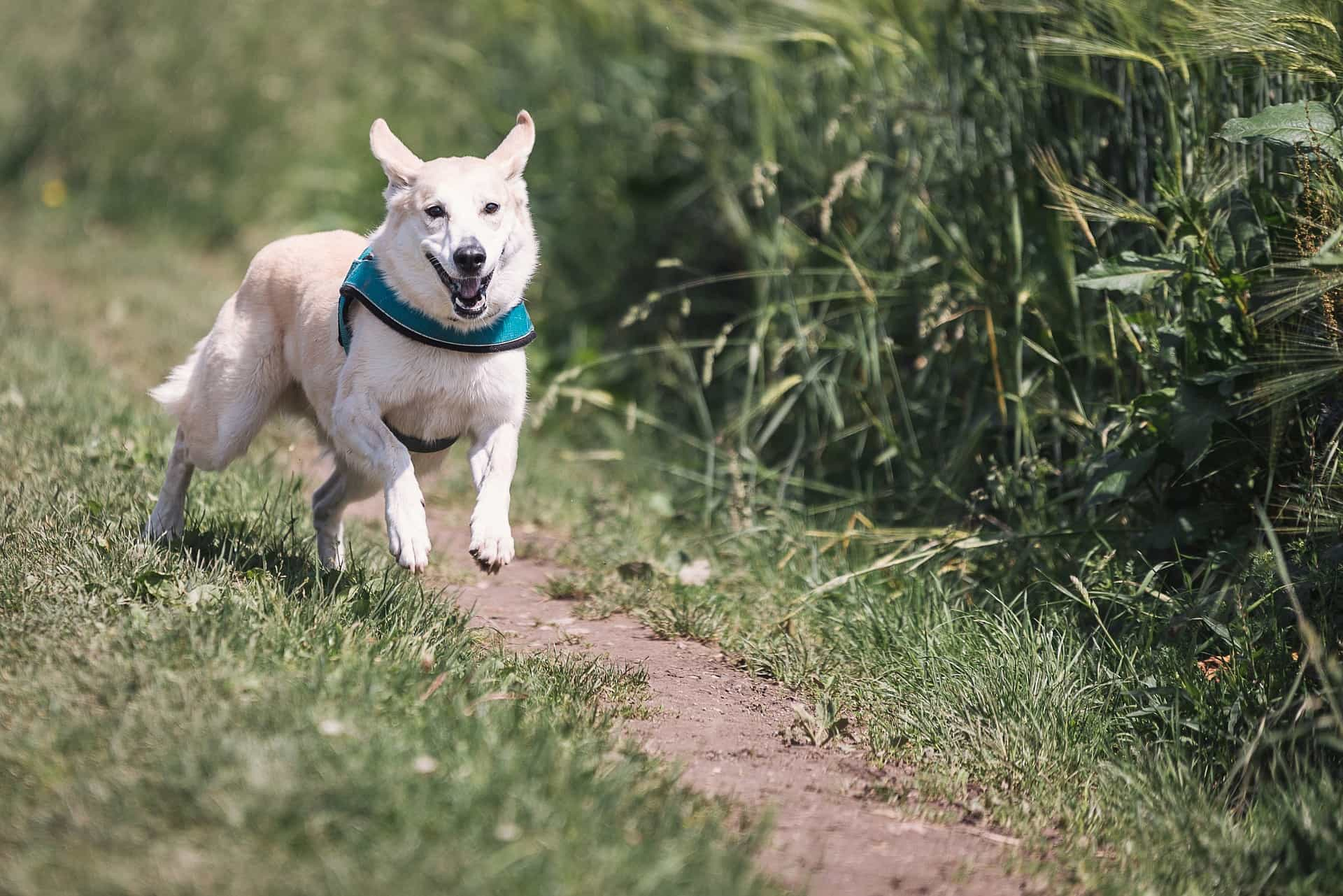It might feel overwhelming when you want to unwind after a long day with your energetic dog. Your dog could be overstimulated and continue to run around even after some exercise.
Or perhaps your dog experiences separation anxiety or becomes agitated due to loud noises like thunder or fireworks, and despite your best efforts, you cannot calm them down. It might be upsetting to witness incessant pacing, barking, or clinginess.
Giving your dog calming vitamins regularly, as opposed to only when necessary, might ensure that they always feel peaceful, even in the face of unforeseen triggers. Although, with a daily dosage of soothing products like CBD Oil UK, you may assist your dog in discovering their inner zen. The components work as a unit to potentially calm and reduce anxiety.
In addition, CBD may be able to de-stress your hyperactive dog. Due to this, a wide variety of CBD products like soft chews, dog treats, and capsules are designed expressly for their requirements and are readily available.
According to studies, CBD's impact on the endocannabinoid system boosts the strength of naturally occurring substances. These include anandamide, an endocannabinoid that regulates inflammation, mental motivation, and cycles of pleasure and reward.
The capacity of your dog to process and control their energy is strengthened by increasing endocannabinoids like anandamide, which results in a more steady and calm everyday state of being.
Before we discuss other exciting techniques for soothing and calming your dog utilizing their naturally calming behaviors of sniffing, licking, and chewing, let us discuss a few crucial details.
What Signs Point to a Hyperactive Dog?
A dog is typically energetic, especially if they are young. Puppies enjoy moving about (and don't listen much!). Breeds vary in their level of activity. In certain instances, hyperkinesis, a condition, is the cause of extreme action. It is comparable to Attention-Deficit/Hyperactivity Disorder (ADHD) in humans.
The symptoms of hyperkinesis are listed below. But one must always keep in mind to consult with professionals. A veterinarian can only make a correct diagnosis.
- Wild and frantic activity - Your dog could go through spurts of energy.
- Impulsive conduct - When impulsive, your dog may exhibit excessive excitement and impatience in pursuing its goals. They might occasionally exhibit aggressive and irritable behavior.
- Inability to unwind - Your dog could feel uneasy and anxious in a familiar environment. It may appear anxious and display scared body language, such as a tucked tail.
- Excessive reactivity to everyday stimuli - Food, sounds, and people can drive your dog crazy. They could have quick, intense, and challenging reactions.
- Short attention span - Your dog may have problems focusing, particularly while being trained. They could be unreachable and inattentive. No matter how enjoyable you do their training, they can stop attending at the first sign of trouble.
- Physiological symptoms - Hyperkinesis is characterized by elevated heart rate and labored breathing, even while at rest.
A veterinarian must identify and manage the congenital disorder known as hyper kinesis. It needs professional direction, prescription medication, and behavior adjustment.
Top 5 Tips for Calming a Hyperactive Dog

Dogs are sensitive to various feelings and stimuli. Dogs can experience stress for various reasons, but some more frequent ones are vehicle journeys, meeting new dogs or people, loud noises like fireworks or thunderstorms, or anything that can make them feel threatened or overstimulated.
Dogs will display indicators like hyperactivity, surface licking, excessive drinking, pacing, panting, self-biting, and destructive actions when they don't feel safe.
Knowing your dog's triggers will enable you to create a therapy strategy that meets their particular requirements and helps you to calm them rapidly.
Although there is no one-size-fits-all method for treating canine anxiety, advice from your veterinarian may undoubtedly be helpful. Nevertheless, the following ideas can be precisely what your dog needs to cope with the stress.
1. Eliminate or Make Secure Anxiety Triggers
It may take some time to compute your pup's triggers if they are new to the family. The first crucial step you can take in helping your dog become calm is to watch what makes them anxious and, if you can, take those triggers out of their surroundings.
That is impossible in other cases, such as Fourth of July fireworks or noisy neighbors. Consider using a white noise machine or soothing noises to disguise the noise in certain circumstances. Beethoven should be played since studies suggest that when exposed to classical music, dogs exhibit fewer indicators of tension and anxiety.
2. Lots of Personal Attention is Required
Like people, dogs benefit from massage and another calming physical touch. When your dog exhibits signs of worry, try to remain close by because you're probably their best source of comfort.
As soon as your dog exhibits signs of stress, show them affection, soft caressing, and support.
You can think about giving them a relaxing massage as well. If that isn't an option, think about buying a dog anxiety wrap or vest that offers little pressure and simulates a hug to provide that comforting physical touch.
3. Essential Oils Recommended by Vets (Use With Caution)

Never use essential oils directly on your pet since they can be hazardous if consumed, especially for cats. However, if done correctly in a home without cats, aromatherapy might help your dog.
According to 2006 research published in the Journal of the American Veterinary Medical Association (JAVMA), lavender oil is one of the most well-liked traditional treatments for reducing natural pet tension.
It might be helpful for dogs with a history of travel anxiety before a lengthy vehicle excursion. It is readily accessible over-the-counter and usually harmless when softly applied to the cloth.
4. Reflexology and Acupuncture
The brain will function more effectively if the body does as well. Dogs have natural pressure areas on their bodies, such as the paws, ears, and top of the head, where even 15 minutes of massage may significantly reduce tension in your pet.
5. Grooming
Your dog could benefit from grooming treatment with only 15 minutes of grooming each night. According to some doctors, your pet will feel fantastic about it and get to spend more time with you. You will also examine his skin for any sores, abrasions, or excessive licking that would indicate a more severe condition. Medicated cbd can help in such situations.
Takeaway
Talking to your vet about your pet's behavior is a good idea. Despite being uncommon, pets' anxiety may indicate a more serious health problem, such as hypothyroidism, pre-diabetes, or hearing loss. By seeing your veterinarian, you can ensure that your dog is generally content, healthy, and relaxed.
